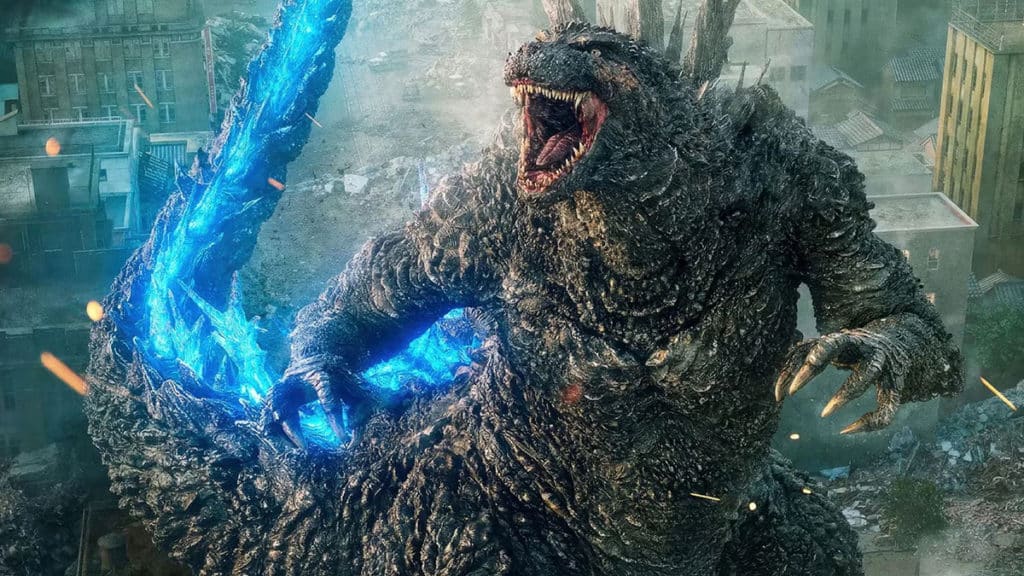NVIDIA has revealed that all five of the 96th Academy Awards nominees for Best Visual Effects, including Guardians of the Galaxy Vol. 3 and Godzilla: Minus One, Japan’s latest and highly acclaimed kaiju film, all leveraged cutting-edge NVIDIA technologies to bring their magic to the screen. This year’s Oscars is set to air live on Sunday, March 10, 2024, from the Dolby Theatre at Ovation Hollywood.
Nominees:
- The Creator (20th Century Studios) — Jay Cooper, Ian Comley, Andrew Roberts and Neil Corbould
- Godzilla: Minus One (Toho) — Takashi Yamazaki, Kiyoko Shibuya, Masaki Takahashi and Tatsuji Nojima
- Guardians of the Galaxy Vol. 3 (Marvel Studios) — Stephane Ceretti, Alexis Wajsbrot, Guy Williams and Theo Bialek
- Napoleon (Apple Original Films/Sony Pictures) — Charley Henley, Luc-Ewen Martin-Fenouillet, Simone Coco and Neil Corbould
- Mission: Impossible – Dead Reckoning Part One (Paramount Pictures) — Alex Wuttke, Simone Coco, Jeff Sutherland and Neil Corbould
The Creator:
The portrayal of AI entities involved a combination of motion-capture and procedural animation to create characters that moved and interacted with complexity and fluidity at human level. The VFX team developed custom software to simulate the intricate patterns of digital consciousness, blurring the lines between the virtual and the real.
Godzilla: Minus One:
With a budget under $15 million, small by today’s standards, the film’s VFX team relied on rapid iterations with the director to eliminate long review cycles, along with a heavily detailed computer-generated imagery (CGI) model to bring Godzilla to life.
Guardians of the Galaxy Vol. 3:
One of Guardians’s greatest achievements is the hallway fight scene filmed at 120 frames per second and delivered as a single continuous shot with variable speed ramps and nonstop action.
Napoleon:
Advanced crowd simulation was used to depict the massive armies of Napoleon’s time, each soldier animated with individual behaviors to enhance the battle scenes’ realism. These touches, combined with high-resolution textures and dynamic lighting, created a visually compelling narrative grounded in reality.
Mission: Impossible – Dead Reckoning Part One:
High-speed drone footage integrated with CG elements created breathtaking chase scenes, while advanced compositing techniques added layers of detail and depth to explosions and hand-to-hand combat scenes, elevating the film’s action to new heights.

